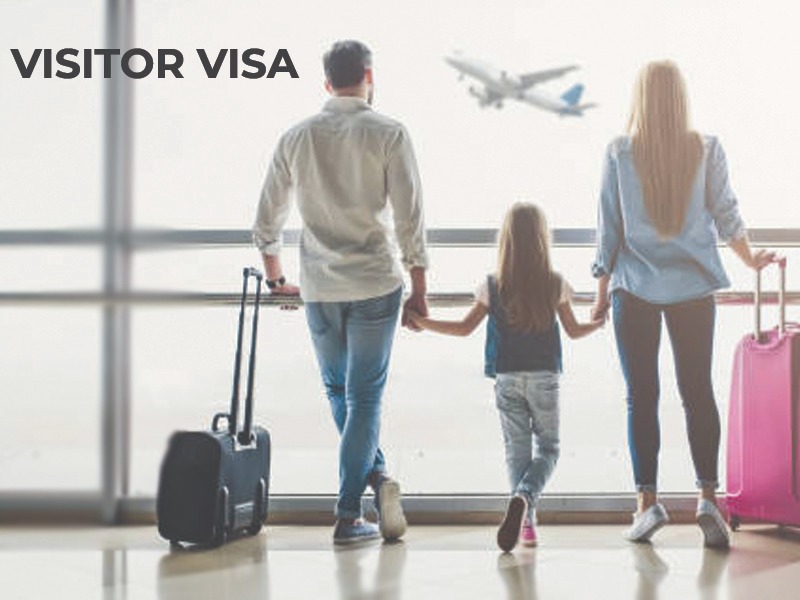B-1 visas are intended for business travellers, whereas B-2 visas are intended for journeys that are purely for pleasure or recreation. Find out more about B-1 and B-2 visas right now.

Table of Contents
How to Obtain B-1 and B-2 Visitor Visas: A Step-by-Step Guide
Visas for B visitors are available to anyone who seek to go to the United States for business or personal reasons.
B-1 visas are intended for business travellers, whereas B-2 visas are intended for journeys that are purely for pleasure or recreation.
Some examples of B-1 visas include consulting with a business colleague, attending a professional conference, and contract negotiations, among other things.
A B-2 visa, on the other hand, would be used for tourism, vacation, visiting friends and family, and other similar purposes.
Visa Requirements for B-1 and B-2 Visas
The B-1 and B-2 visas both allow for a maximum stay of six months in the country. There are various requirements that must be met in order to be eligible for a B-1 visa.
In particular, the following questions must be answered: whether the reason for your trip is to enter the United States for business purposes is legitimate, whether you intend to stay for a specific limited period of time, and whether you have a residence outside the United States that you have no intention of abandoning.
Additionally, there are a number of conditions that must be met depending on the kind of lawful company you wish to operate in the United States. B-2 visas are available to anybody wishing to travel to the United States, with the exception of citizens of select countries that are eligible to participate in the Visa Waiver Program. In most cases, people who are qualified for the Visa Waiver Program are unaware that the stamp in their passport is what indicates that they have been granted entry into a nation as a result of the programme.
In a similar vein to the B-1 visa, you will submit your application via the U.S. Embassy or Consulate in your country of residence. There is a charge associated with the application procedure, and an applicant must provide paperwork demonstrating that the trip is for pleasure in addition to numerous other conditions that are very similar to those for the B-1 visa. Visitor visas for multiple entries are available to visitors from specific countries, with some allowing for stays of up to 10 years. However, many visitors are only eligible for a single entrance visa.
A visiting visa, on the other hand, may be used for stays of up to six months in length, with the possibility of an extension in specific situations. If you are granted a B-1 or B-2 visa, remaining longer than the time period specified in your application may result in harsh implications for you. When it comes to immigration law, complying with United States and/or foreign law is a very serious problem that should always be discussed with an attorney.
There are many more popular work visas in the United States, including:
Working as a Specialty Occupation Worker on an H-1B Visa (skilled worker)
L-1 Visa – Transferee inside an organisation
B-1 Visa – For business travellers
VISA Type: J-1 (Exchange Visitor Program)
Green Card – Permanent Residence in the United States, allowing you to live and work there.
Copy and paste this <iframe> into your site. It renders a lightweight card.
Preview loads from ?cta_embed=1 on this post.